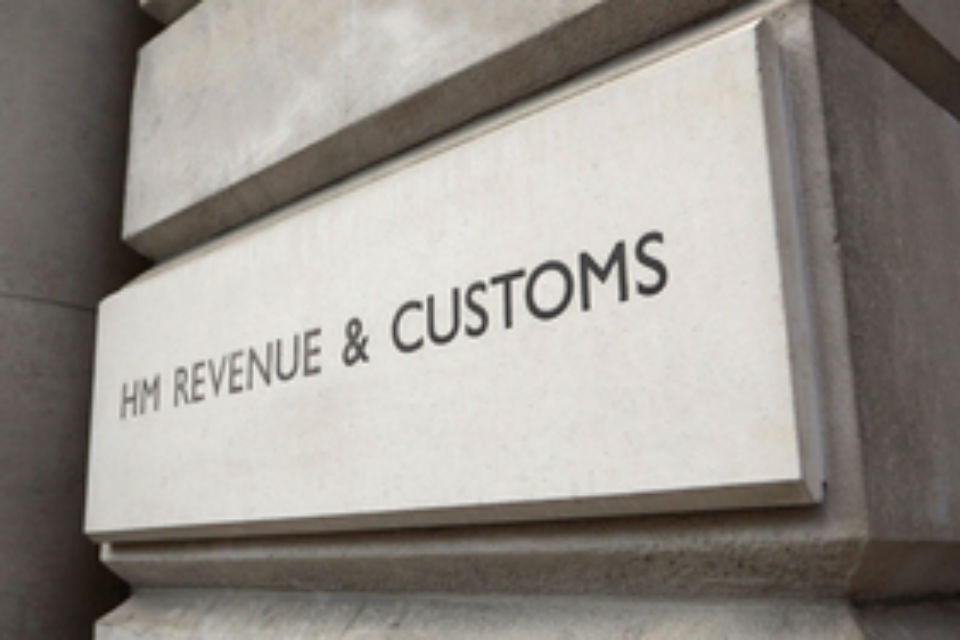Department celebrates big uptick in number of deactivations in past year
Credit: Bryan Mills/CC BY 2.0
HM Revenue and Customs has said it significantly increased the number of scam websites targeted for closure during the 12 months to June as part of a war against online fraud.
The tax-collection agency said it had sought – and achieved – the deactivation of a record 20,750 “malicious” websites over the course of the year, an increase of 29% over the previous year.
It said the most common types of scam that it encountered were “tax refund” emails and text messages – intended to direct recipients to non-HMRC sites and collect a suite of personal information and bank details. Other purposes of such communications could be to install malicious software on devices.
The milestone figure follows HMRC’s revelation last month that it believed it had saved the public from being scammed to the tune of £2.4m through a crackdown on fraudsters who seek to direct people to its services via premium-rate phone lines, rather than normal-price alternatives.
Related content
- HMRC takes over 75 ‘scam’ websites in brand-abuse crackdown
- Apple works with HMRC and police to help combat iTunes scammers posing as tax officials
- GCHQ unveils cybersecurity playbook after pilot with ‘UK’s most spoofed brand’ HMRC
Commenting on the latest crackdown, Treasury minister Mel Stride said the work was part of a concerted effort to reduce fraud, but that vigilance was required both in Whitehall and from members of the public.
“The criminals behind these scams prey on the public and abuse their trust in government. We’re determined to stop them,” he said.
“HMRC is cracking down harder than ever, as these latest figures show. But we need the public’s help as well. By doing the right thing and reporting suspicious messages you will not only protect yourself, you will protect other potential victims.”
HMRC said it had also been trialling new technology that identifies phishing texts with “tags” that suggest they are from HMRC, and stops them from being delivered. Since the pilot began in April 2017, there has been a 90% reduction in people reporting spoof HMRC-related texts.
In 2016, the department brought in a verification system called DMARC that allows emails to be verified to ensure they come from a genuine source. HMRC said the system had successfully stopped half a billion phishing emails reaching customers.



